The Gift of South Dakota
Subscriptions to South Dakota Magazine make great gifts!
Subscribe today — 1 year (6 issues) is just $29!
It's Never Too Cold
Jan 21, 2013
I’ve never claimed to be the smartest guy in town. I mean, one would have to be a few cards short of a full deck to pick the middle of winter to do a column on birding in South Dakota, right?!? It’s really cold out —nose hair frostsicle and toe-numbing cold. Even if there were birds out in the great wide open this time of year, what kind of numbskull would go out with hopes of photographing them? Well I guess that would be me. Actually I have a few good reasons. Although having these reasons probably doesn’t make me smarter, I think they are good reasons. They are Bald Eagles and Cardinals.
Each winter, our national symbol gathers below our dams on the mighty Missouri near the running water produced by the dam’s releases. This year, my goal was to actually photograph one of these majestic eagles catching a fish. It didn’t happen, but I had fun trying and got a few interesting images along the way.
The first time I ever saw a Bald Eagle in real life was along the Moreau River in Ziebach County back when I was in my early teens. My brothers and I were hurtling down Highway 65 in our green 1972 Pontiac Catalina when we saw something unusual in the far ditch. None of us knew what it was, so we turned around and drove back, only to discover an adult Bald Eagle cleaning the bones of an unlucky deer. Not necessarily a glorious and patriotic sight, but we were pretty excited nonetheless. Eagles were still rare in those days. Bald Eagles are primarily fish and fowl eaters, but will often supplement their diets with road kill or other types of carrion they discover. That is one of the reasons that DDT hurt them so badly in the 1960s.
These great raptors are more numerous nowadays and have become one of my favorite birds to try and photograph. My best shots are usually lucky shots — like on New Year’s Day when I was strolling through Yankton’s Riverside Park. I was intently looking towards the river for eagles and unsuspectingly walked right up to one perched high above me in a tree. Luckily my camera was up and shooting when we both realized how close we were to each other. It didn’t take long for it to lift off and fly to the Nebraska side of the river, but just after take off, it wheeled in my direction for a pretty cool eagle-in-flight shot.
The striking male Northern Cardinal, on the other hand, was simply a bird on my photography bucket list. According to South Dakota birding books, cardinals winter in the southeastern part of the state, so all I had to do was find one. I discovered on a birding website that cardinals had been sighted at Sioux Falls’ Outdoor Campus this winter so I decided to brave the cold and see what I could see. I purposely waited for a day with snow and/or flurries, as I love the contrast between the red of the bird and whites of winter. I found that if you simply go to the benches by the bird feeders and sit very still for 15 minutes or so, the birds take your presence for granted and return to eat. The most skittish was the male cardinal, so it took a little longer for him to fly in to grab a snack, but a little perseverance (and some numb appendages) was really all it took for him to be OK with me being there. The second day I was there I saw a second male. The two fellas squabbled a bit, as these birds are notoriously territorial. Their preoccupation with each other allowed me to get closer for a portrait or two amongst the tree branches. The lack of leaves on the tree allowed me to not only see them better but also follow their activity more accurately than I could have in the warmer months.
So to bird or not to bird in sub-freezing temperatures, that is the question. I say yes, if you have the patience and warm clothes. Of course, I never claimed to be the smartest guy in town.
Christian Begeman grew up in Isabel and now lives in Sioux Falls. When he's not working at Midcontinent Communications he is often on the road photographing our prettiest spots around the state. Follow Begeman on his blog.


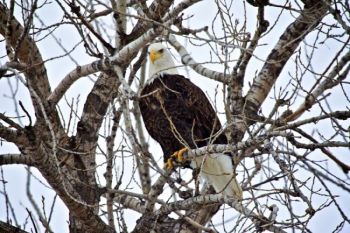
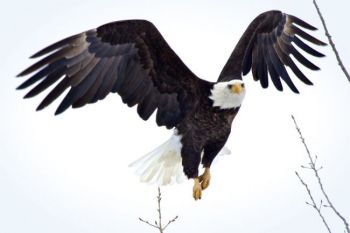
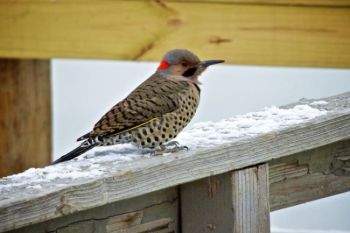
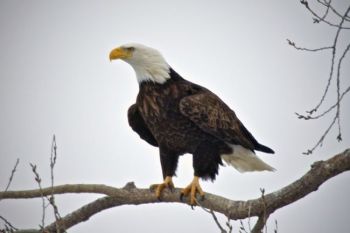
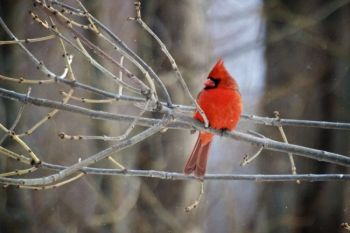
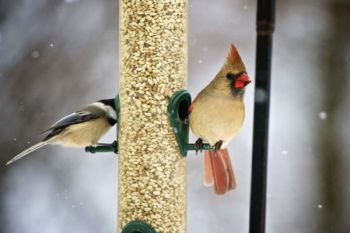
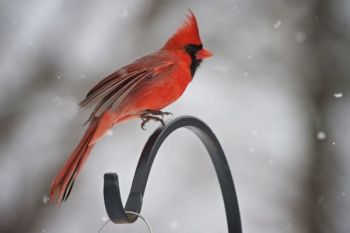
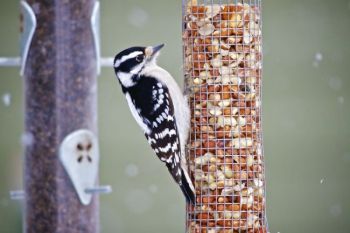
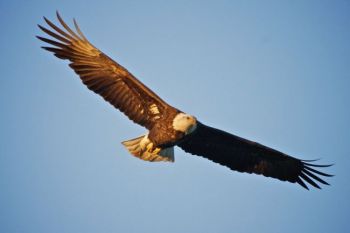
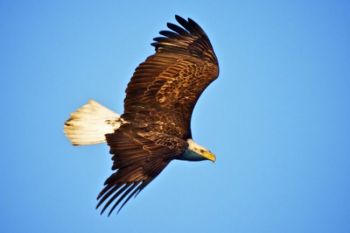
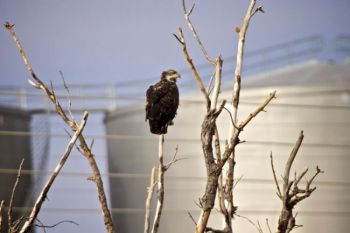
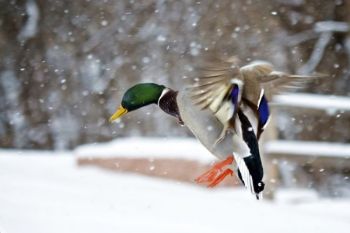
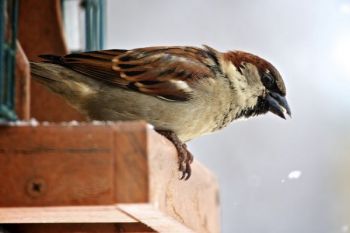
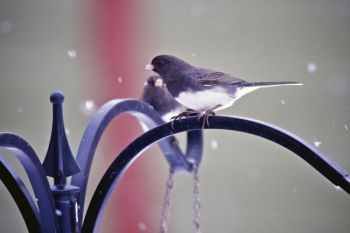
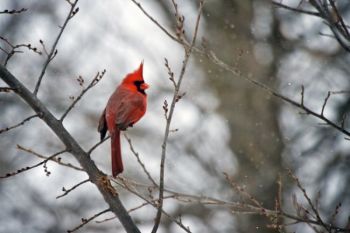
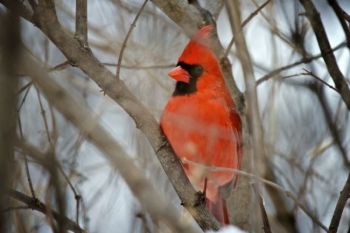
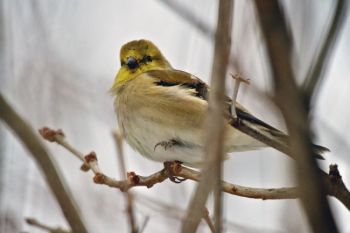
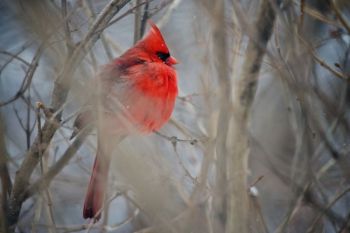
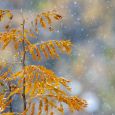
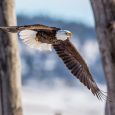
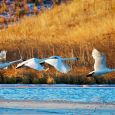
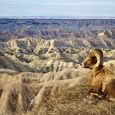
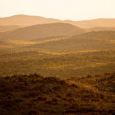
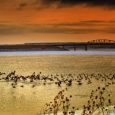


Comments
Ruth thinks it's a hairy woodpecker, by the way. She recognized her from the "Backyard Birds in South Dakota" booklet she got from the SD Game Fish & Parks: http://gfp.sd.gov/wildlife/critters/birds/default.aspx
Great shots. Glad you took the effort and cold to get these images to share with us. Thanks. Kate